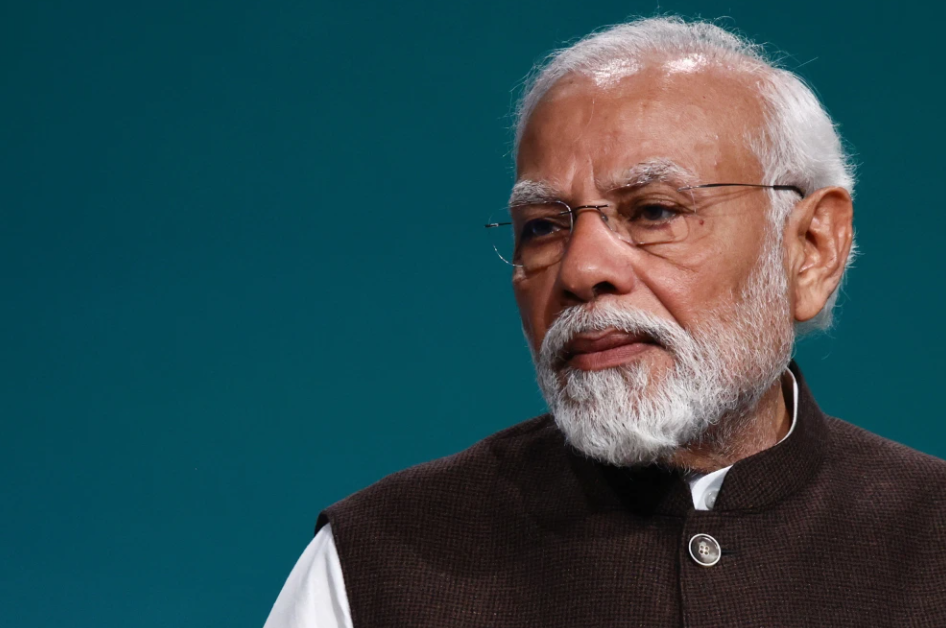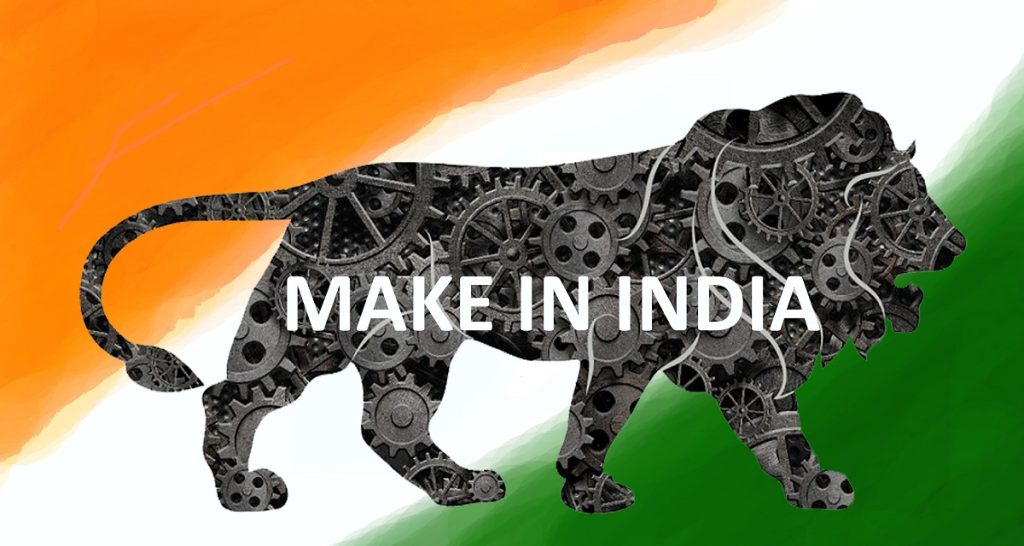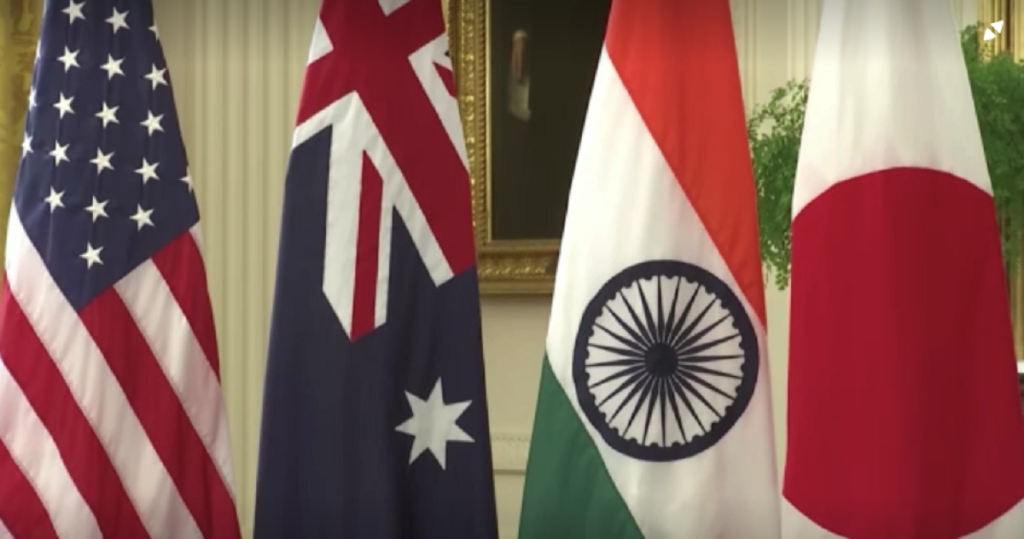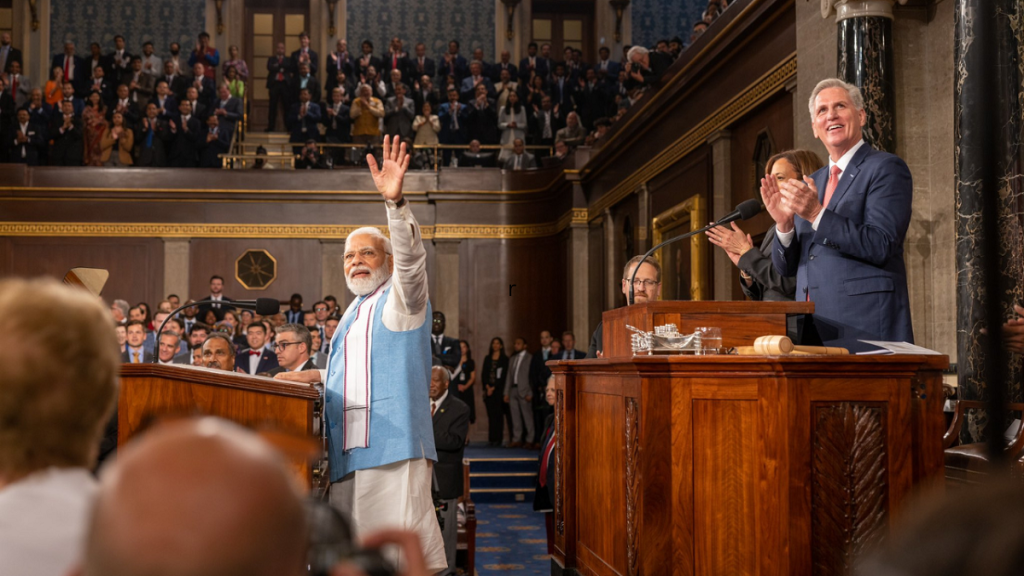
The phenomenon of Narendra Modi, the new “Hindu nationalism” and his relationship with USA
Narendra Modi began his third term as India’s prime minister in June after winning parliamentary elections with the Bharatiya Janata Party (BJP). If he does not step down before 2029, he will almost equal the legendary Jawaharlal Nehru in terms of tenure. Modi’s party won an uphill struggle. It was able to regain its majority in Parliament. Moreover, Modi’s supporters initially had even more seats than in the 2019 cadence and could get about 390 seats. However, the opposition was able to secure a recount, seriously reducing the National Democratic Alliance’s result to 42.5% and 293 seats.
Born in 1950 in the small town of Vadnagar, Narendra Modi was the third of six children in a family of Vaishya (a caste of traders) who sold tea. But contrary to the stereotypical “closed varna system” he was able to make a career as a politician, which is more typical of the privileged Brahmins who are priests, scholars and leaders by their lineage. Modi made the right choice as a young man when he joined the Union of Voluntary Servants of the Motherland, the world’s largest non-communist organization of Hindu nationalists. This organization emerged in the 1920s to fight and later became the basis for Modi’s current party, which went to the polls with the slogan “Nationalism is our inspiration and inclusion and good governance is our mantra.” Indian religious nationalism is special and atypical of Europe, as it unites more than 150 ethnicities in the country.
The Prime Minister and his party call for consolidation on the basis of Hinduism. This is a plausibly successful approach because Hindus are 80% of the country’s population. Modi became popular due to his image as a religious and patriotic “man of the people”. In 2014, he topped the list of his Bharatiya Janata Party and became prime minister for the first time. After that, he only strengthened his image in the socio-economic sphere. In his new post, Modi also launched a large-scale economic project “Make in India!”, as well as physical fitness Fit India and Digital India, aimed at improving the comfort of life of Indians.

Under Modi, active industrialization of the country began with the development of medicine, information technology and mining. Entire cities of industrial towns sprang up. The main trigger of economic growth remains the huge labor force. India is now the largest country in terms of population with 1.4 billion inhabitants, and third in terms of GDP with an impressive annual growth rate of 7-9%. Thanks to Modi’s efforts, the middle class, the backbone of any economy, is steadily expanding and is approaching 400 million. That’s more than the entire population of the U.S. Yes, about 15% of Indians are below the poverty line, and India’s education and literacy rate is officially somewhere around 75% but there is progress and optimism in the society. It is important to realize that India is a nuclear and space country. It has about 100 warheads in service, and the first Indian astronaut, Rakesh Sharma, went into orbit back in 1984 and that is a real national pride that goes to Narendra Modi. Under him, the country has regularly increased the number of satellites, and more recently, an Indian vehicle explored the Moon for the first time.
In foreign policy, Modi has struck a balance, maintaining good relations with China and Russia and receiving major investments from the EU and the U.S. India has not joined the anti-Russian sanctions. At the end of last year, mutual trade turnover between the countries almost doubled. Discounts on Russian oil and gas seemed very favorable to the Indians. In addition, together with Russia, India actively participates in the SCO and BRICS.
On the other hand, India is a member of alliances that are seen as anti-China. For example, Quadrilateral Security Dialogue (QUAD), which also includes the United States, Japan and Australia. Yet the direct confrontation that exists between Washington and Beijing is not tolerated by Modi, despite direct territorial disagreements with the Chinese in Kashmir and their partnership with Pakistan. Because of this cunning model, liberals in the West, despite the strategic importance of an alliance with India against China, had high hopes of success for the opposition and in the face of the “international” “Indian National Congress”, but nothing happened. It is difficult to build a relationship with Modi. In the U.S. he has indeed an image of a Trumpist, a “fascist” and an “islamophobe” among the Left.

Yet India is extremely important for the U.S. as an economic battering ram against China. That is why American and European production facilities are actively moving there. At the same time, India bypasses sanctions and trades with Russia, from where it already receives 40% of its oil. Washington also does not dare to impose sanctions against New Delhi at risk of undermining the entire anti-China strategy in the region. This gives Modi ample opportunity for a brash foreign policy that does not interfere in any way with the principle of balance. On the eve of the vote, India decided to return home 100 tons of gold, which had been stored in the Bank of England since the 90s, and relations with the former metropolis are becoming the most negative, outstripping even India-China relations in terms of problems.
The U.S. is also very dissatisfied with India’s participation in the construction of a port in Iran, which may become part of the North-South trade corridor, which is beneficial to Moscow and Tehran. But the matter does not go further than public threats to impose sanctions, because without India’s help it will not be possible to conduct trade wars with China. Apple already assembles 14% of all its iPhones in India and wants to increase this figure to 50% by 2027, although the layout for them comes from China. In addition, the U.S. and Canada accuse India’s intelligence services of organizing a plot to eliminate Sikh separatist leaders. But the matter has not gone further than expulsion of diplomats and these contradictions will continue during Modi’s third term. India will also continue to enjoy a privileged position, capitalizing on the “Cold War 2.0” of the United States and Europe with Russia and China. Democrats want India even though the prime minister is a nationalist and a “Trumpist”.
June 2023, when Modi arrived in Washington on a visit that was only the third such visit by an Indian prime minister, was a case in point. Until 2014, Modi was under sanctions because of accusations of Islamophobia, which was “hinged” on him by numerous Muslim lobbyists from Barack Obama’s and Hillary Clinton’s entourage. Nevertheless with Russia’s invasion of Ukraine and the trade war with China entering an acute phase, Modi had to be brought in as a crucial partner. After all, India is currently the cornerstone of the entire U.S. anti-China policy. By then, Washington was also seeking to turn India into a military tool against China along the lines of Japan and Taiwan. But Modi did not want a hot conflict with China and hoped to diplomatically “outplay” the Americans.

Photo by Sean Kilpatrick / The Canadian Press / AP
On the one hand, he was ready to buy MQ-1 Predator drones and fighter jets from the U.S. At the same time, New Delhi maintained a high level of economic and military cooperation with Moscow. The White House tried hard to persuade Modi to reduce cooperation with Russia, but to no avail. Russia had already become India’s key oil supplier. In response to U.S. threats to impose sanctions for trade with Russia, New Delhi threatened to withdraw from QUAD, bringing down the entire U.S. policy of containing China. The U.S. has to put up with Modi’s arbitrary behavior. Moreover, Modi expresses the sentiments of Indian society, where 43% consider Russia as their ally, and only 27% consider the U.S. as such. Modi himself calls what is happening the advent of the era of true multipolarity, where the position of the West is no longer the only one and New Delhi is gaining its deserved place in the world. The former metropolises now have to justify themselves for their colonial crimes. Today, India’s position is so strong that it can really dictate its own rules of the game.
It is also for this reason that the Indian prime minister was given a royal reception in Washington during his visit. No Indian leader, and probably no leader of any other country in modern history, has ever received such a festive welcome in the United States. Biden then ingratiated himself with a man whom he himself had once defined as a radical and an enemy of democracy. Modi was pompously invited to a meeting at the White House and allowed to address Congress. After all, the U.S. urgently needs India’s help in confronting China. New Delhi is taking advantage of this in every possible way. Therefore, during Modi’s visit, thousands of contracts were signed with American corporations to relocate production facilities from China. India then agreed to buy MQ-9B SeaGuardian drones for $3 billion and to build a General Electric plant to produce engines for next-generation fighter jets. U.S. Air Force ships were allowed to repair in Indian ports, and Micron Technology decided to move some chip production to India. New Delhi still promised to switch to 5G equipment from the U.S. instead of Chinese. But even then, it was not without the usual U.S. culture wars.
The left wing of the Democratic Party in Congress, especially Muslim lawmakers, rushed to criticize Modi’s invitation. The liberal media attacked Modi for trading with Russia to circumvent sanctions. However any attempt by the U.S. to get New Delhi to abandon cooperation with Moscow ends in fiasco, and it was clear that these controversies were not going anywhere. So while Modi was greeted in Washington as a best friend, he realized that this friendship was forced on the U.S. and Modi is pursuing an emphatically multipolar policy, angering the part of the Washington establishment that cannot get used to the conditions of total domination of the U.S. in the 1990s and 2000s, which it now revoked. For example, the Indian prime minister addressed Congress in 2023 during a visit and announced a new era of “democracy and demography”. He hinted at his country’s growing role as a counterweight to the United States and Europe and not all American politicians liked his speech.

Photo by Times of India
“Liberal” Muslims in the Democratic caucus, including the odious Ilhan Omar and Rashida Tlaib, defiantly boycotted Modi’s speech. Moreover 70 Democrats rolled out an open letter accusing Modi of human rights abuse and demanded that Biden adjust his India policy and not persuade Modi to become a U.S. ally. Military lobbyists from both parties have introduced a bill to include India in the list of “favored” countries for U.S. arms supplies, which includes NATO members, Australia, Israel, Japan and South Korea. At the same time, India has unofficially hinted at the possibility of sanctions if it continues to buy Russian air defense systems but India will not give up cooperation with Russia, both because of the large amount of Russian and Soviet weapons in the army and out of a desire to diversify national security risks.
India continues to pursue its independent course and Washington, acutely aware of its weakening position in the world, has to accept it, hoping that it will be possible to promote a more manageable and accommodating Indian prime minister in the elections. But this attempt failed in 2024, once again convincing Modi that multi-vectorism is the best cure for his problems and a guarantee of his political security. Besides as if on purpose, a month after his victory, he visited Moscow rather than Washington on July 8-9, showing that the U.S.-India “friendship” will not be warm and will follow only Indian rules.

